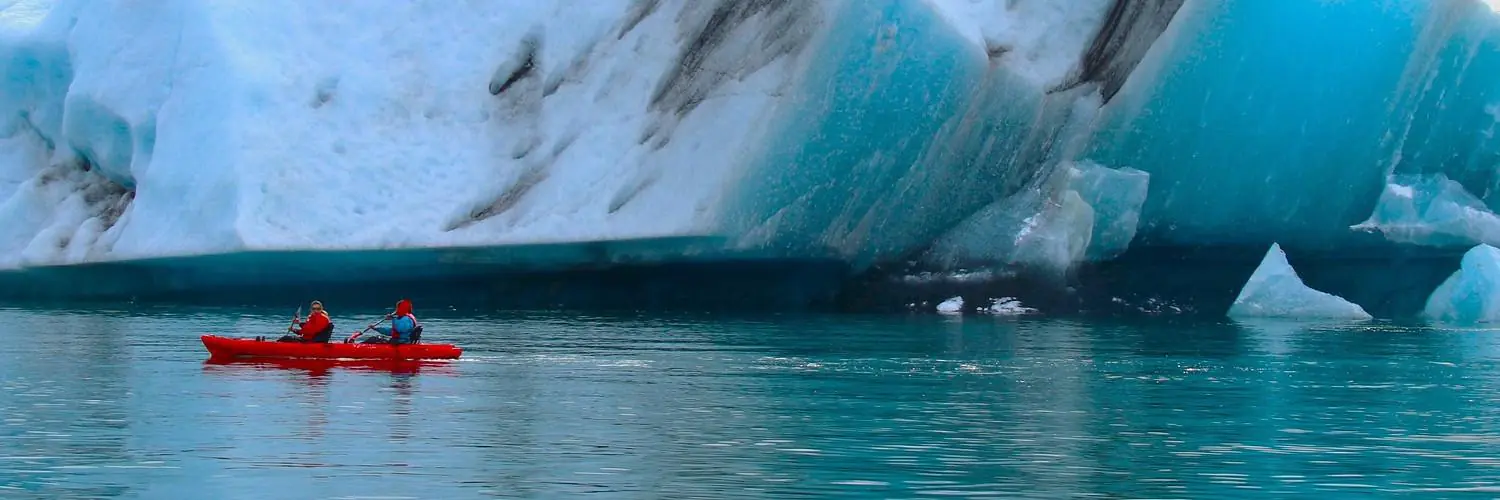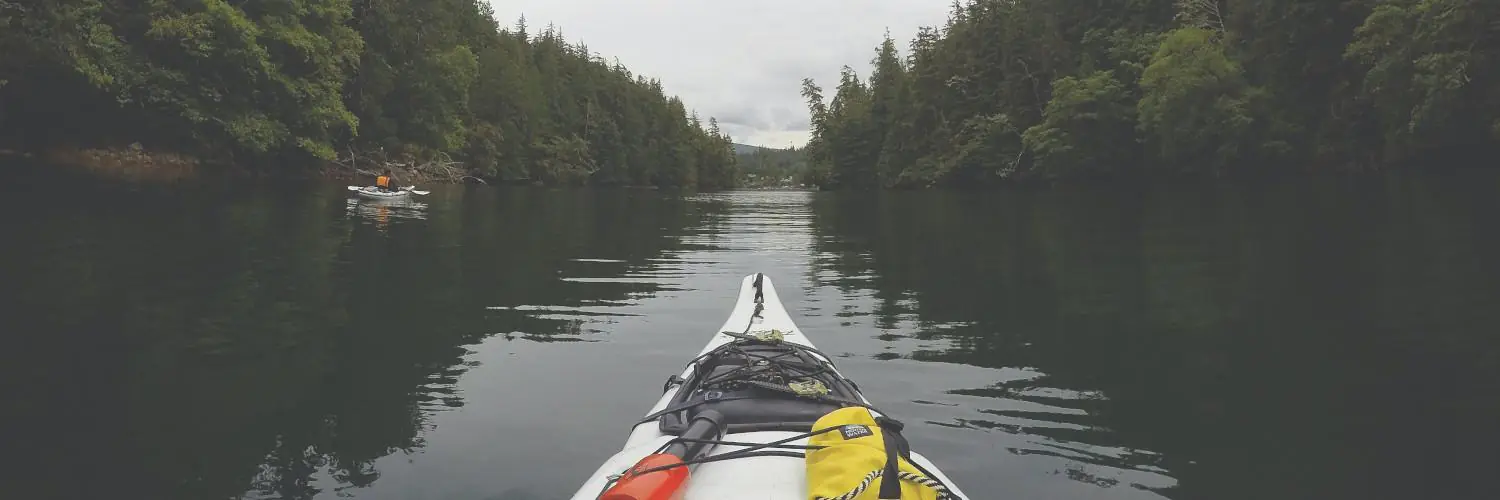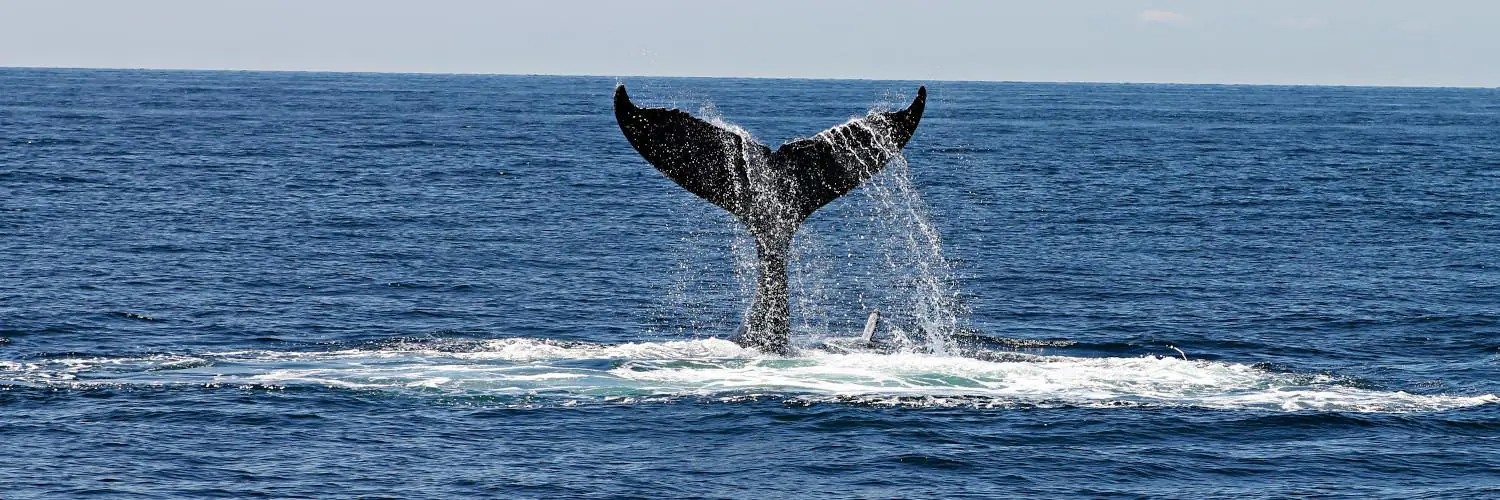Table of Contents
Snorkeling at Night with Manta Rays: An Unforgettable Marine Adventure
Snorkeling with manta rays at night offers a surreal and captivating underwater experience, especially on the Big Island of Hawaii. As the sun sets, the waters near the Kona coast come alive with these graceful giants, providing a unique opportunity for snorkelers. The draw of these magnificent creatures is undeniable; manta rays can span up to an impressive 18 feet in wingtip-to-wingtip measurement. The Big Island’s clear waters and the presence of plankton attract these filter feeders, allowing snorkelers to witness their gentle ballet.
The allure of a night snorkel with manta rays lies in the tranquil yet exhilarating atmosphere as these creatures perform their nightly feast on plankton. Snorkelers are equipped with lights that help attract the plankton, creating a spectacle that feels both intimate and grand. This eco-friendly activity allows visitors to observe manta rays in their natural habitat without disturbing their environment.
For many, the experience of floating on the ocean’s surface at night, watching as manta rays glide within arms-length, is a highlight of their Hawaiian vacation. Each encounter provides a personal and up-close perspective on the intelligence and grace of these marine animals, adding to the allure of the Big Island as a premier destination for nature lovers and adventure seekers.
Understanding Manta Rays
Manta rays, often referred to as “gentle giants” of the sea, captivate marine enthusiasts with their grandeur and grace. This section delves into the habitat and behavior of these majestic marine animals, as well as their conservation status.
Habitat and Behavior
Manta rays thrive in warm temperate, subtropical, and tropical waters. While they are commonly found in the open ocean, they also frequent coastal areas to feed and clean. Mantas are pelagic fish, meaning they live in the water column of the open ocean and can be found near coral reefs which serve as their feeding and cleaning stations. They possess the largest brains of all cold-blooded fish, indicating a high level of intelligence.
Behavior Traits:
- Feeding: Mantas feed on plankton and small fish, funneling their food into their open mouths as they swim.
- Social Interaction: They are known to be solitary but can also be found in groups, especially during feeding or cleaning.
- Mobility: Mantas are known for their acrobatic prowess, including leaping from the water.
Conservation Status
Conservation Status: Vulnerable
The International Union for Conservation of Nature (IUCN) has categorized manta rays as Vulnerable to extinction. Their populations are threatened by overfishing, bycatch in commercial fishing, and habitat destruction. Maintaining the biodiversity of wild animals like manta rays is crucial for the health of marine ecosystems.
Key Threats:
- Overfishing for their gill plates, which are highly valued in some cultures for medicinal purposes.
- Habitat degradation, which affects their feeding and breeding grounds.
- The slow reproductive rate of mantas makes them particularly vulnerable to these threats.
By understanding the habitats, behaviors, and conservation challenges faced by manta rays, efforts can be directed to ensure their survival and the continued awe they inspire in humans.
Preparing for Your Night Snorkel
Proper preparation is crucial for a successful night snorkel with manta rays. It ensures safety and enhances the experience.
Choosing the Right Gear
A night snorkel requires specific gear for visibility, warmth, and protection.
- Wetsuit: A wetsuit retains body heat, which is essential in cooler night waters. Opt for a suit that provides ample insulation without restricting movement.
- Mask and Snorkel: A comfortable fit is key; test the mask to ensure it seals well to prevent water from entering.
- Lights: Waterproof lights are necessary to attract manta rays and for navigational aids. Carry a personal dive light and follow guides to the light board utilized during the excursion.
Safety Considerations
Safety is the top priority during a night snorkel, and several aspects cannot be overlooked.
- Knowledge of Swimming and Snorkeling: One must be a proficient swimmer and have prior snorkeling experience. Understanding how to use snorkel gear effectively avoids panic and potential accidents.
- Communication: Comprehension and speaking of the English language can be essential for understanding safety protocols and instructions provided by the tour operator.
- Health and Comfort: Ensure one is in good health to participate. If one is prone to seasickness, prepare accordingly with medication or natural remedies.
- Environment Respect: Respecting wildlife by maintaining a safe distance from the manta rays and not touching them is a standard that must be adhered to.
By addressing the preparation aspects diligently, participants set themselves up for an unforgettable nocturnal encounter with these gentle giants of the sea.
Selecting a Tour Operator
When planning a night snorkel with manta rays, choosing a reputable tour operator is crucial for a safe and memorable experience. Tour operators should prioritize the well-being of wildlife and offer clear policies for cancellations.
Evaluating Reputation and Services
Reputable tour companies boast knowledgeable guides and crew committed to providing safe and sustainable interactions with manta rays. Prospective snorkelers should seek out operators with:
- High success rates for manta ray sightings.
- Certified guides who can enhance the snorkeling experience with their expertise.
- Responsible practices that adhere to environmental guidelines.
- Commitment to small group tours to ensure personalized attention and minimal ecological impact.
Understanding Cancellation Policies
Before booking a tour, it is essential to be aware of the tour operator’s cancellation policy. Key points include:
- Full refund offerings in case of cancellations made within a specified time frame.
- Re-booking options if manta rays are not seen during the tour, which some operators provide without additional charges.
- Details on situations where the tour company may cancel due to unforeseen circumstances and the compensation available to clients in such cases.
The Night Snorkeling Experience
The night snorkeling with manta rays is a memorable experience that includes a boat ride under the stars and the chance to observe these magnificent creatures in their natural habitat during the night.
Boarding and Boat Ride
Participants typically meet at the designated departure point in the evening, where they board the vessel that will take them to the manta ray snorkeling area. The boat is equipped for safety and comfort, ensuring a smooth journey. As the sun sets and the stars begin to twinkle, the boat ride offers a tranquil prelude to the underwater spectacle that awaits.
Spotting Manta Rays
Upon reaching the snorkel site, the rays are often attracted by lights used to illuminate the water, creating an ethereal setting for their graceful ballet. These lights draw in plankton, which in turn entice the manta rays to feed. Snorkelers are then treated to the sight of manta rays gliding and somersaulting through the water, their wide wingspans creating a mesmerizing show just below the ocean’s surface. With a high success rate in sightings, the odds are in favor of an encounter with these gentle giants.
After the Dive
After emerging from the waters with manta rays, divers often experience a sense of excitement and fulfillment. Capturing this moment through photography or indulging in post-dive activities can enhance the overall experience.
Photography and Video
He or she should ensure their camera and video equipment are water-resistant and capable of low-light performance. It’s key to handle the equipment with care to protect marine life. Sharing photos and videos socially should be done with respect to wildlife and fellow snorkelers’ privacy.
Post-Snorkel Activities
Participants typically gather to share experiences. Many operators provide refreshments such as tea or snacks. It’s a time for relaxation and discussion, often with guides offering insights into manta ray behavior and conservation.
Environmental Impact and Etiquette
When snorkeling with manta rays at night, the environmental impact and adherence to etiquette are paramount to ensure the safety and preservation of marine life.
Interacting with Marine Life
Snorkelers must maintain a respectful distance from the manta rays and are strongly advised against touching any marine creatures they encounter. These guidelines are in place to protect the natural behaviors and health of the manta rays and other marine life.
- Do:
- Observe marine life from a distance.
- Move smoothly and calmly to avoid startling the animals.
- Don’t:
- Attempt to touch, chase, or feed the manta rays.
- Disturb the natural environment where these creatures feed and interact.
Responsible Snorkeling Practices
The snorkeling experience can have an environmental impact, and it’s essential to minimize this by following responsible practices. Snorkelers should be vigilant about not touching the reef or any marine life, which can be harmed by direct contact or chemicals found in some sunscreens.
- Waste: Take out anything brought in, especially trash, to protect the underwater ecosystem.
- Conduct: Adhere closely to the snorkeling code of conduct designed to safeguard both the snorkelers and the marine environment.
By following these practices, snorkelers can ensure their presence in the water is safe and sustainable, allowing for a memorable snorkeling experience with minimal environmental impact.
Frequently Asked Questions
This section addresses common inquiries about night snorkeling with manta rays to ensure participants know the best times for the experience and understand the likelihood of witnessing these majestic creatures.
Best Time to Snorkel with Mantas
When planning a snorkeling trip to see manta rays, visitors often wonder when is the best time to go. The coastal waters of Kona are known for year-round sightings of manta rays, as the local species do not migrate. Prime conditions are typically found at night when manta rays are actively feeding on plankton drawn to the lights from snorkeling tours.
Success Rate and Guarantees
Potential snorkelers commonly ask about the success rate of seeing manta rays during a night snorkel and if there are any guarantees. While tour operators cannot ensure manta ray sightings due to the animals’ wild nature, many have high success rates. Some tours even offer a no-show policy, where guests can rebook for another night if no manta rays are sighted during their trip. It’s essential to verify each operator’s policy before booking.
Planning Your Trip
When planning a trip to snorkel with the manta rays off the Kona Coast of Hawaii’s Big Island, choosing the right accommodations is crucial, as is considering what other activities you might want to explore in the region.
Accommodations and Travel
Travelers heading to Kailua-Kona or the nearby Keauhou Bay have a variety of accommodations to choose from to optimize their Hawaii vacation. Here’s an outline to help with the selection process:
- Proximity: Select a place close to the manta ray snorkeling sites for convenience.
- Transport: Check if hotels offer shuttle services to popular snorkeling tours.
- Budget: Accommodations range from luxury resorts to budget-friendly options.
- Amenities: Look for facilities like gear rentals if planning additional water activities.
Table: Accommodation Types in Kona
| Type | Description | Advantages |
|---|---|---|
| Resorts | Full-service facilities | On-site amenities, close to water |
| Vacation Rentals | Independent living spaces | More privacy, space for groups |
| Hostels | Budget-friendly, shared rooms | Community vibe, affordable rates |
Combining with Other Activities
The Big Island boasts an impressive array of experiences beyond manta ray snorkeling. Travelers can enhance their vacation by incorporating other activities, such as:
- Daytime Snorkeling: Discover vibrant coral reefs and tropical fish.
- Historical Sites: Visit Pu’uhonua O Hōnaunau National Historical Park.
- Adventure Sports: Try parasailing or jet skiing along the coast.
- Cultural Experiences: Engage with local customs and cuisines.
To fully embrace the Big Island’s offerings, planning these activities in tandem with the manta ray night snorkeling can result in a more enriched travel experience.








